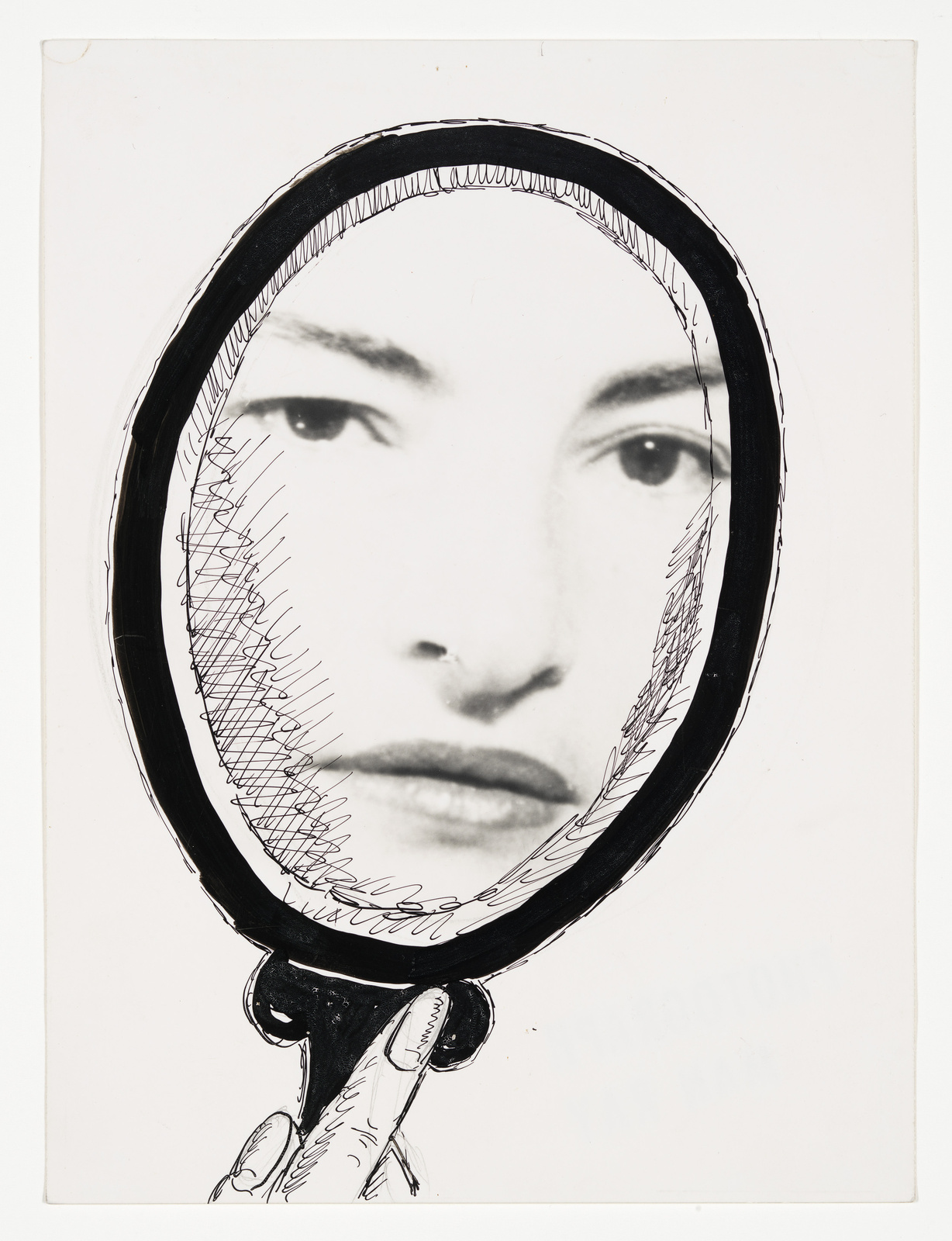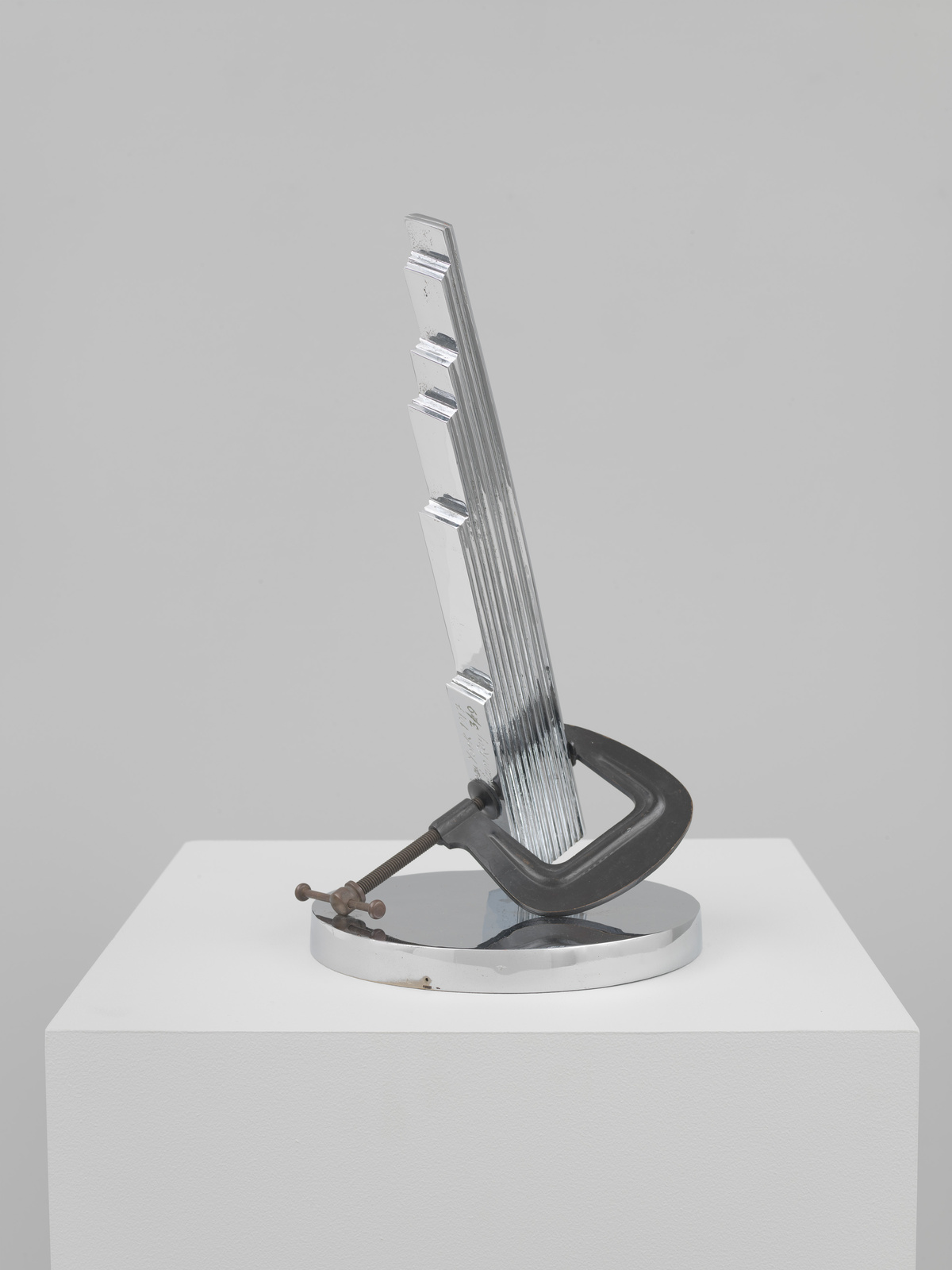Man Ray, New York, 1917
Apr 29, 2015
0:00
Man Ray, New York, 1917
0:00
Narrator: Man Ray called this sculpture New York, 1917, because he made the first version of the work in that year. It was a time of rapid change in the city. And like many early twentieth-century artists, Man Ray was in love with the energy of modern urban life—and the upward thrust of New York's skyline.
Francis Naumann: So there was an absolute fascination with the whole subject of skyscrapers. And to render them or to address them on any level was to render the modern. Render what was new.
Narrator: Francis Naumann is an independent scholar, curator, and art dealer, and author of Conversion to Modernism: The Early Work of Man Ray.
Francis Naumann: Man Ray lived. . .right next to what is today's Grand Central Station, in a building he said was constantly under construction. And he could hear them building Grand Central Station across the street from him and he loved the sound and the noise of the streets of New York City, because for him, that symbolized modernity, that symbolized what was new.
Narrator: Some of the city's chaotic spirit is captured in this work's origins. The work you see here is stainless steel. But the first version, from 1917, was made from some wood slats that Man Ray picked up off his studio floor and held together with a C-clamp. He noticed that it resembled a skyscraper, and so he named it New York.



